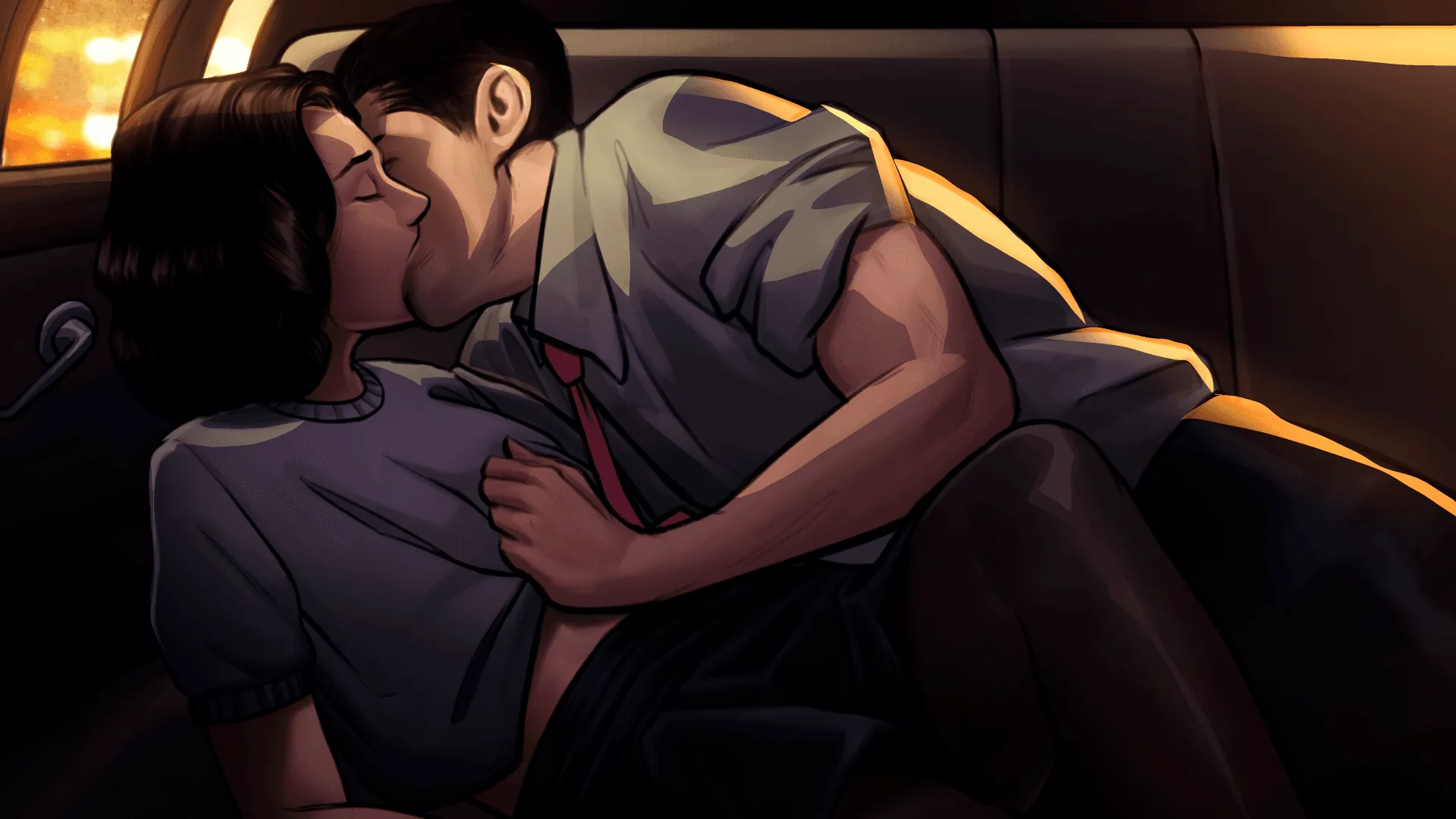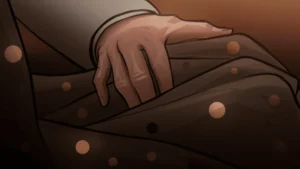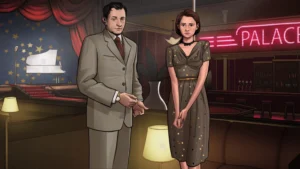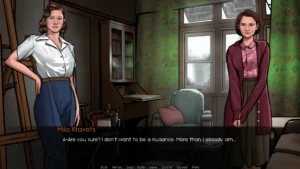
The Silver Lining
Play The Silver Lining
The Silver Lining review
Exploring the features, gameplay, and appeal of The Silver Lining game
The Silver Lining game offers a distinctive interactive experience that blends narrative depth with engaging gameplay. Fans of this title appreciate its unique approach to storytelling and character development. In this article, we’ll explore what makes The Silver Lining game captivating, from its core mechanics to the immersive world it creates. Whether you’re new or a returning player, this guide will provide insights and practical tips to enhance your experience.
Understanding The Silver Lining Game: Gameplay and Storyline
What Is The Silver Lining Game About?
Let me paint you a picture. You wake up in a world that feels… heavy. The colors are muted, and a sense of loss hangs in the air. This is the emotional landscape you step into at the start of The Silver Lining. It’s not your typical high-fantasy epic or sci-fi thriller; it’s a deeply personal journey into a world grappling with a mysterious phenomenon known as the “Grey-out.” 🌫️ The core of The Silver Lining game storyline is a poignant exploration of memory, hope, and how we find light in the darkest of places.
You play as Elara, a young woman who returns to her hometown only to find it emotionally and physically drained by this strange event. The brilliance of The Silver Lining game storyline is that the central mystery isn’t just about solving a puzzle for the world—it’s about Elara solving the puzzles of her own past. As you walk the familiar, yet alien, streets, you’ll piece together fragments of memories, each one revealing a layer of her personal history and its connection to the town’s current state. It’s a masterclass in using a interactive narrative game format to make the player an integral part of the emotional unpacking. I remember one evening, I was simply following a trail of old photographs, and a seemingly minor recollection suddenly re-contextualized an entire character’s motivation. It was a genuine “aha!” moment that only this medium can deliver. ✨
The setting itself is a character. From the melancholic town square to the overgrown woods on the outskirts, every location is drenched in atmosphere. The narrative doesn’t just tell you the world is broken; it makes you feel its fragility with every step you take. This careful world-building is what makes the journey so compelling and sets the stage for the incredible character development in The Silver Lining.
Core Gameplay Mechanics Explained
If you’re expecting complex combat systems or tricky platforming sections, you’re in for a different, but wonderfully refreshing, treat. The Silver Lining gameplay mechanics are deliberately designed to serve the story first and foremost. This is a game about connection, observation, and consequence. The primary way you interact with the world is through a simple but elegant interface for examining objects, conversing with townsfolk, and making choices. 🗣️
The heart of the experience lies in dialogue. Conversations are not just information dumps; they are puzzles in themselves. You must listen carefully to what people say—and, more importantly, what they don’t say—to understand their emotional state. The player choices impact these interactions profoundly. Early on, I had a conversation with a reclusive artist. I could push him aggressively for answers about the Grey-out, or I could empathize with his obvious pain. Choosing empathy unlocked a whole side-story about his lost muse, which later provided a crucial item needed to restore color to a key location. That’s the magic here; your approach directly shapes the narrative branches you get to explore.
The game progression system is equally intelligent. You don’t gain “experience points” for defeating enemies. Instead, you progress by restoring “Glimmers”—small sparks of color and emotion—to the world. Finding a lost keepsake, mending a broken relationship, or simply listening to someone’s story can act as a catalyst. Each Glimmer you restore not only physically brightens the environment but also unlocks new areas and deeper conversation paths, creating a beautiful feedback loop where your emotional investment literally changes the game world. 🌈
To give you a clearer picture, here’s a breakdown of how these core mechanics work together:
| Gameplay Mechanic | How It Works | Impact on Experience |
|---|---|---|
| Dialogue Trees | Choosing empathetic, logical, or inquisitive responses during conversations. | Directly influences character relationships and unlocks unique story paths, making the **player choices impact** feel significant and personal. |
| Environmental Interaction | Examining objects to trigger memories and find clues. | Transforms the world into a narrative space, where every item can hold a piece of the **The Silver Lining game storyline**. |
| Glimmer Restoration | Completing emotional quests to bring color back to specific areas. | Acts as the primary **game progression system**, providing tangible, visual rewards for emotional engagement and exploration. |
| Memory Sequences | Re-living key moments from Elara’s past by finding triggers in the world. | Deepens **character development in The Silver Lining** by allowing players to experience the protagonist’s history firsthand. |
This seamless integration is what defines The Silver Lining gameplay mechanics. They aren’t separate from the story; they are the story. 🎭
Character Development and Narrative Style
This is where The Silver Lining truly shines. The character development in The Silver Lining is some of the most nuanced I’ve ever experienced in an interactive narrative game. Elara is not a blank slate; she arrives with a fully formed personality, fears, and regrets. Your role isn’t to define who she is, but to guide how she grows and confronts her past. As you help the townspeople, you are also helping her heal, and this parallel journey is incredibly powerful. 💖
The narrative style is deeply introspective. You’ll often hear Elara’s internal monologue, reflecting on a discovered object or a conversation. This doesn’t distance you from the character; instead, it creates an intimate bond. You’re not just controlling her—you’re collaborating with her. The game brilliantly uses its mechanics to fuel this growth. For example, restoring a Glimmer in the town’s old playground might trigger a childhood memory for Elara, which then gives you new, more understanding dialogue options when speaking to her estranged father. The player choices impact her emotional state, which in turn opens up new ways to interact with the world.
The supporting cast is equally well-drawn. Each character, from the weary cafe owner to the hopeful young child, feels real and carries their own burden from the Grey-out. Their stories are interwoven with Elara’s, and your actions directly affect their outcomes. There are no purely “good” or “evil” choices here; there are only human ones, with complex, sometimes bittersweet, consequences. This maturity is one of the most unique features of The Silver Lining.
Tip: Don’t rush through conversations. Take your time to listen to the full voice acting and observe character animations. The most important clues about a person’s true feelings are often hidden in their tone of voice or a fleeting expression. 😊
By the end of your journey, the town and its people feel like a second home. You’ve not just completed a list of tasks; you’ve participated in a collective healing process. The unique features of The Silver Lining—its focus on emotional progression, its deeply integrated mechanics, and its commitment to a mature, character-driven The Silver Lining game storyline—coalesce into an experience that stays with you long after you’ve put the controller down. It’s a powerful reminder of the stories games can tell when they dare to be quiet, thoughtful, and profoundly human. 🙌
The Silver Lining game stands out through its compelling narrative and engaging gameplay mechanics that invite players to immerse themselves fully in its world. Its focus on character development and meaningful choices creates a personalized experience that resonates with many players. Whether you’re exploring its storyline or mastering its mechanics, The Silver Lining offers a rewarding journey. Dive in and discover the unique charm this game holds for interactive storytelling enthusiasts.









